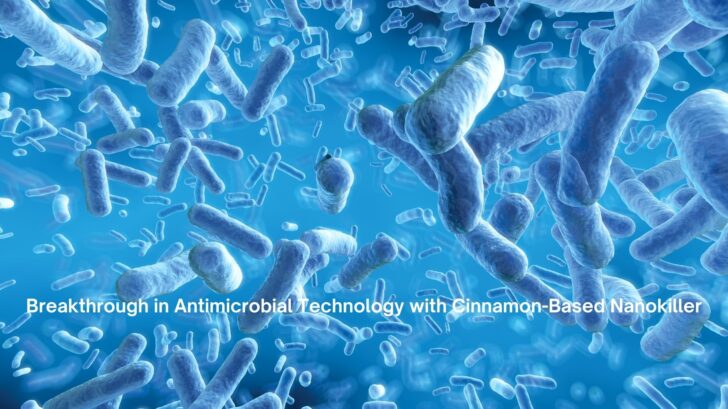Breakthrough in Antimicrobial Technology with Cinnamon-Based Nanokiller

The need for innovative antimicrobial agents has become increasingly urgent due to the rise of antibiotic-resistant pathogens and the persistent threat of infections acquired during hospital stays.
Traditional antibiotics and antiseptics are often ineffective against these resilient microorganisms, leading to severe health complications and increased healthcare costs. Therefore, researchers are exploring alternative solutions that can effectively target and eliminate these harmful pathogens. A promising development is the creation of an intelligent "nanokiller" derived from a component of cinnamon essential oil, which offers a novel approach to combating these microbial threats.
A team of researchers from the Universitat Politècnica de València (UPV) and the CIBER de Bioingeniería, Biomaterials y Nanomedicine (CIBER-BBN) has harnessed the antimicrobial properties of cinnamaldehyde, a key component of cinnamon essential oil, to develop this innovative nanodevice. Their findings, published in the journal Biomaterials Advances, demonstrate the significant potential of this nanokiller in addressing various pathogenic microorganisms.
The newly developed nanodevice has shown remarkable efficacy against several dangerous pathogens, including Escherichia coli, Staphylococcus aureus, and Candida albicans. These pathogens are responsible for a range of infections.
In the present work, a nanodevice consisting of mesoporous silica nanoparticles loaded with cinnamaldehyde and functionalized with the polypeptide ε-poly-L-lysine is developed and used as an antimicrobial agent. The effectiveness of this nanodevice is significantly higher compared to free cinnamaldehyde. The encapsulated form is around 52 times more effective against Escherichia coli, 60 times more effective against Staphylococcus aureus and 7 times more effective against Candida albicans.
"The increase in the antimicrobial activity of the essential oil component is possible thanks to the decrease in its volatility due to its encapsulation in a porous silica matrix and the increase in its local concentration when released due to the presence of the microorganisms," says Bernardos. Originally published: Biomaterials Advances;
Source: Nano - Magazine
Image source : Canva